Stop, Challenge and Choose, 3 words to break your conditioning
“It ain’t what you don’t know that gets you into trouble. It’s what you know for sure that just ain’t so.“
Mark Twain
During the coaching process I spend a lot of time helping people examine the thoughts that, in the words of Mark Twain, they “know for sure that just ain’t so.” It’s these thoughts, our inner voice, or monologue as it were, speaking in our own language and accent, that most of us identify or fuse ourselves with, and rightly or wrongly use to make decisions.
Now, take a moment to notice it? Sit quietly and listen…what is it saying? “What am I supposed to be doing? Sitting quietly…. For how long?... I haven’t got time for this… it’s nearly lunchtime … what am I going to have for lunch?...” So, what if I said that what you’re actually listening to is an unfiltered flow of information from your unconscious. And, that while it’s part of who you are, it’s by no means the totality of you. Would you feel comfortable and confident relying on it to make all your decisions? Daniel Kahneman, a psychologist and economist notable for his work on the psychology of judgment and decision-making, certainly didn’t. So much so, that his exploration and theory that there are two distinct systems of thought won him a Nobel prize in 2002.
Kahneman theorised that ‘System 1’ is the unconscious voice that flows unbidden into our mind, all day, every day, and that ‘System 2’ only engages when we consciously direct our thought to address a problem methodically and logically.
System 1 is fast, instinctive and emotional and operates automatically and quickly, with little or no effort and no sense of voluntary control. It demands less energy and is where 95% of our decisions are made but it uses mental short cuts, or heuristics, which are riddled with inaccurate perceptions of past events, biases, prejudices and unconscious conditioning from our childhood that we are completely unaware of. In short, System 1 is very unreliable.
System 2, while slower, more deliberate and logical, engages when we learn or undertake complex tasks. We don’t generally engage it for decision-making, even if it’s where we do all our best work. Take a common example, we perceive a tone of annoyance in our boss or partner’ voice, or we sit looking at the insurmountable volume of emails we have to respond to. Long before our conscious mind grapples with the complexities, our unconscious mind is already spewing forth fully formed judgements, opinions, emotional reactions and plans in response.
“Between stimulus and response there is a space. In that space is our power to choose our response. In our response lies our growth and our freedom.”
Viktor E. Frankl
So how do we free ourselves from the tyranny of the automatic, unconscious dictates of System 1? The answer is as simple as three well timed words, Stop, Challenge, Choose.
This simple technique can be used in any scenario where:
The issue really matters and you care deeply about the outcome
You notice you’re rapidly moving from problem to conclusions, judgements or solutions
You catch yourself having thoughts about an issue that you don’t have evidence to support
You experience a strong emotional reaction to a situation
You’re experiencing the actions of another (person, team, organisation, government) as a threat, your sense of security has been threatened
The power of the technique lay in its simplicity. You merely recall these three words and then invoke some simple actions and questions that flow naturally from each, this automatically engages System 2 thinking, which we deliver much more considered, intentional results.
Stop
Notice your reaction – viscerally, what do you feel, where in your body?
Disconnect – stand back from the issue, get up on the balcony and see what’s playing out on the dance floor
Breathe – take 10 long slow breaths to still your mind
Centre – what’s really important to you here, what really matters?
Observe – yourself, others, what’s really happening here?
Challenge
Your perception – what do you think is happening?
Emotions – name the emotions that are occurring
Cause/effect – what is causing your feelings?
Ask questions – to get more information
Own the story – what are you telling yourself about this situation?
Perspective – are there other ways to view this?
Facts – what are the facts that support or negate your point of view
Choose
Select – your best response
Appropriate – does it serve more than just your needs?
Long game – what will best serve you/others best in the long term
Choose – the best, most appropriate long-term response for you/your organisation
Act – use it, watch reactions
Evaluate – monitor the impact
Our mind is hard wired to take short cuts, and generate quick, automatic responses to questions because it’s efficient and when the stakes are low, often generates useful outcomes. Enacting our System 1 mind is great for deciding what to order for takeout, where to have a holiday or which pair of shoes to buy. But when it really matters, when you can hear that unconscious voice babbling in your ear, it’s worth take a moment to simply Stop, Challenge, and Choose just to ensure you’re using the right system for the optimum result.

